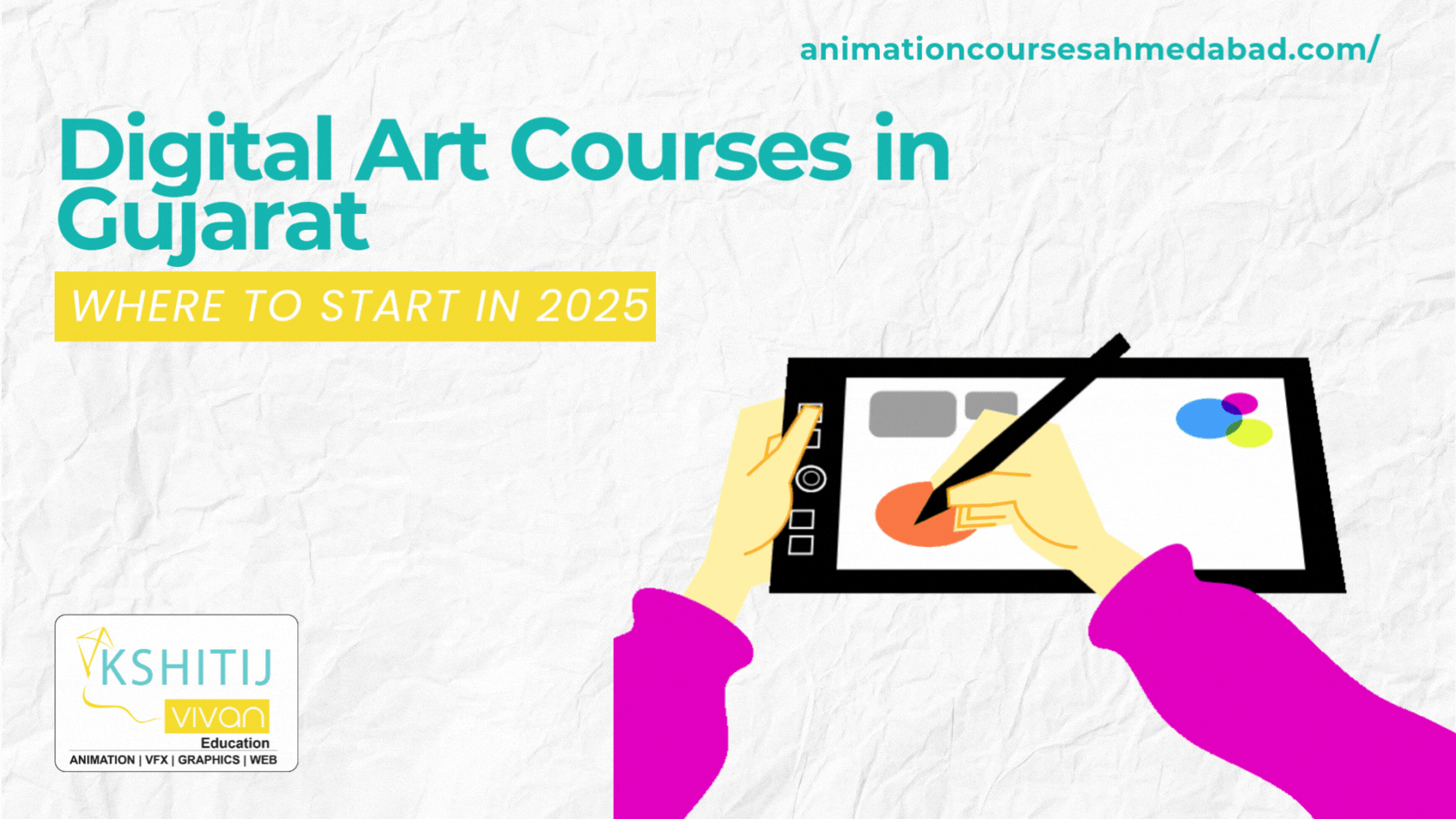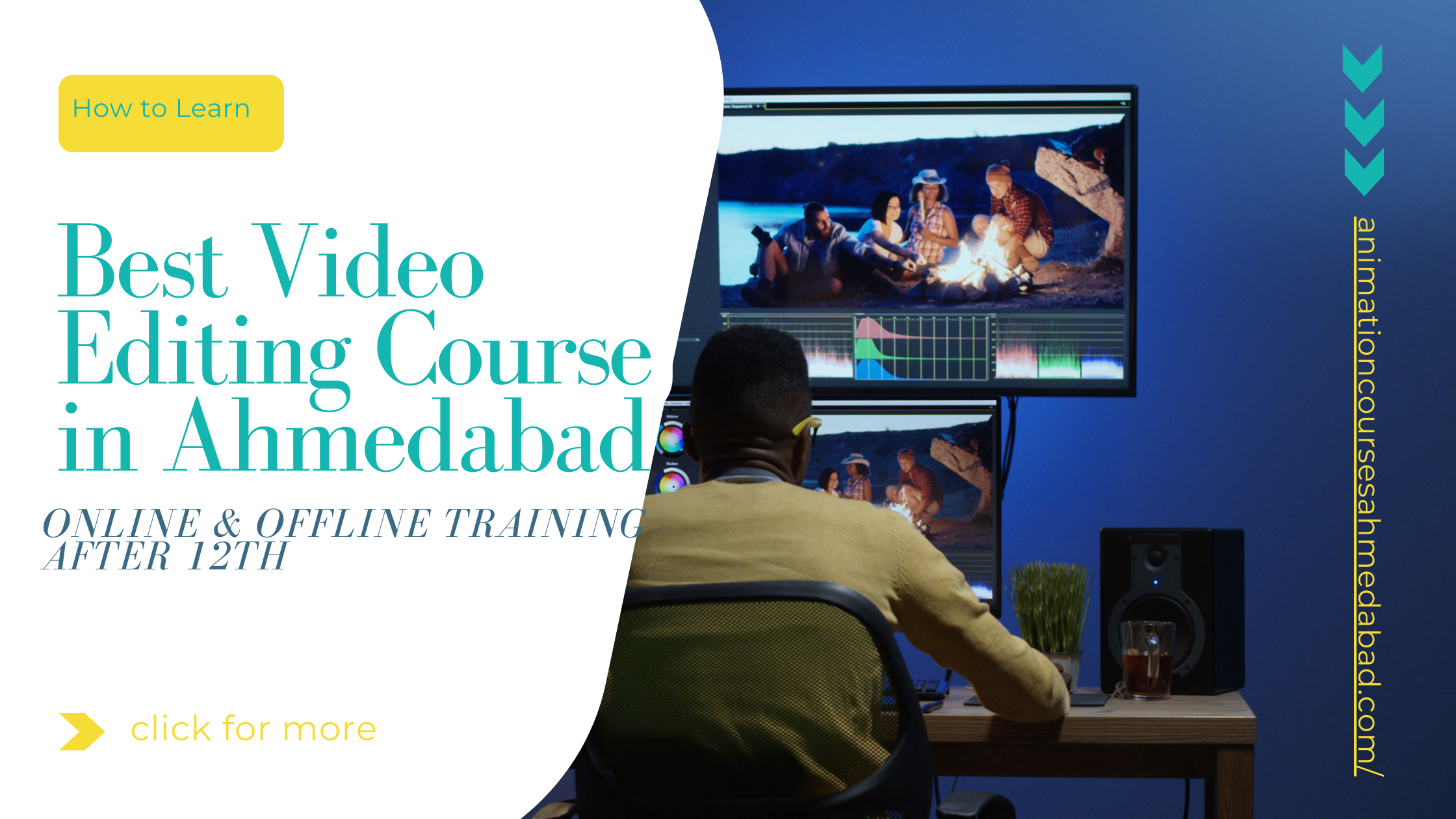
How is Photoshop used in the Animation industry?
The animation industry is a multi-billion dollar business, and it's growing every year.
In this article, we'll look at how Photoshop is used in the animation industry and what jobs require Photoshop skills.
How is Photoshop used in the Animation industry?
Creating storyboards.
Storyboarding is a process of planning out your story. It is used to plan out the sequence of events in a movie, as well as the visual style of a movie.
Storyboards are also used to plan out camera angles and shots.
Designing characters from scratch.
When it comes to animation, the first thing you need is a storyboard.
A storyboard is a series of drawings that illustrates each scene in your movie.
The animator will then use Photoshop to create the characters from scratch, but there are other areas where Photoshop can be used as well.
As an example, props and backgrounds can also be made in Photoshop before they’re transferred into animation software like Maya or 3DS Max.
Designing props, backgrounds, and visual effects.
Photoshop is used to create the props, backgrounds, and visual effects for animated movies.
- Visual Effects:
It is used to create visual effects in the movie.
For example, when a character flies on an airplane, they can use Photoshop to add the background of clouds and sky to make it look like it’s flying through the air.
- Props:
Photoshop can also be used to create props for movies such as cars or other objects that are needed in a scene but not real-life items.
This will help save time because instead of having to make an actual car from scratch or build one from wood or metal, they just have Photoshop create one digitally so they don't have any materials involved at all!
- Backgrounds:
Creating backgrounds using Photoshop allows animators more flexibility than if they were using real-life scenery because everything in a film can be changed entirely if need be - colors are brighter than ever before possible now due to modern technology available
Sketching frame-by-frame animation.
Frame-by-frame animation is the process of creating a character or object on a one-by-one basis.
This can be done either by hand or through computer software. You can use this technique to create animations for short films and video games, as well as for commercials and other promotional materials.
This type of animation does not use motion capture technology, where movements are prerecorded using sensors to create physical data that animators can then manipulate in post-production.
Instead, each frame is drawn individually with great accuracy so that it will look realistic when projected at 24 frames per second (fps).
This means that every movement must be drawn at least twice: once before and once after your desired action has taken place—hence the term “double drawing”!
Photoshop is used at all stages of the animation movie production process.
Photoshop is used at all stages of the animation movie production process. It’s used to create storyboards and characters, props, backgrounds, and visual effects.
Photoshop also plays a key role in sketching frame-by-frame animation, which is one of the most time-consuming tasks in creating an animated movie.
Animation is a multi-billion dollar industry.
Animation is a multi-billion dollar industry that has grown significantly over the last few decades.
It’s used by various sectors of industries ranging from entertainment, special effects, and game development to advertisements and movies, and television shows.
With its increasing popularity, animation became one of the most important aspects of any kind of project including games, advertisements, websites, and even logos!
Most successful animation studios rely on Photoshop in some way and animators are using it every day.
It is a very powerful tool for artists, who use it not only for 2D but also for 3D animation.
How to animate in photoshop step by steps
- Importing assets.
- Setting up the animation.
- Setting up the timeline.
- Setting up the camera.
- Animating the first frame.
- Animating the second frame.
- Animating third frame, etc...
Photoshop is used in many ways by the animation industry
Photoshop is used in many ways by the animation industry. Many different types of artists use Photoshop for a variety of tasks.
Here are just some examples of how Photoshop is used:
- Storyboarding and concept art: Storyboards are used to plan out an animated sequence, while concept art can help communicate ideas more quickly through sketches and storyboards that may not be ready for full animation yet.
- 3D modeling: 3D modeling software lets artists build actual objects they want to include in their animations, such as an alien planet or cityscape with skyscrapers that look like they could exist on Earth today (or some distant planet).
Conclusion
In conclusion, it would be fair to say that Photoshop has become an indispensable tool for many in the animation industry.
It enables them to create a wide range of images for their projects, from storyboards and character designs to backgrounds and special effects.
With such widespread use across all aspects of the process, there is little doubt that we will continue seeing more examples of this application being put into action as time goes on.



